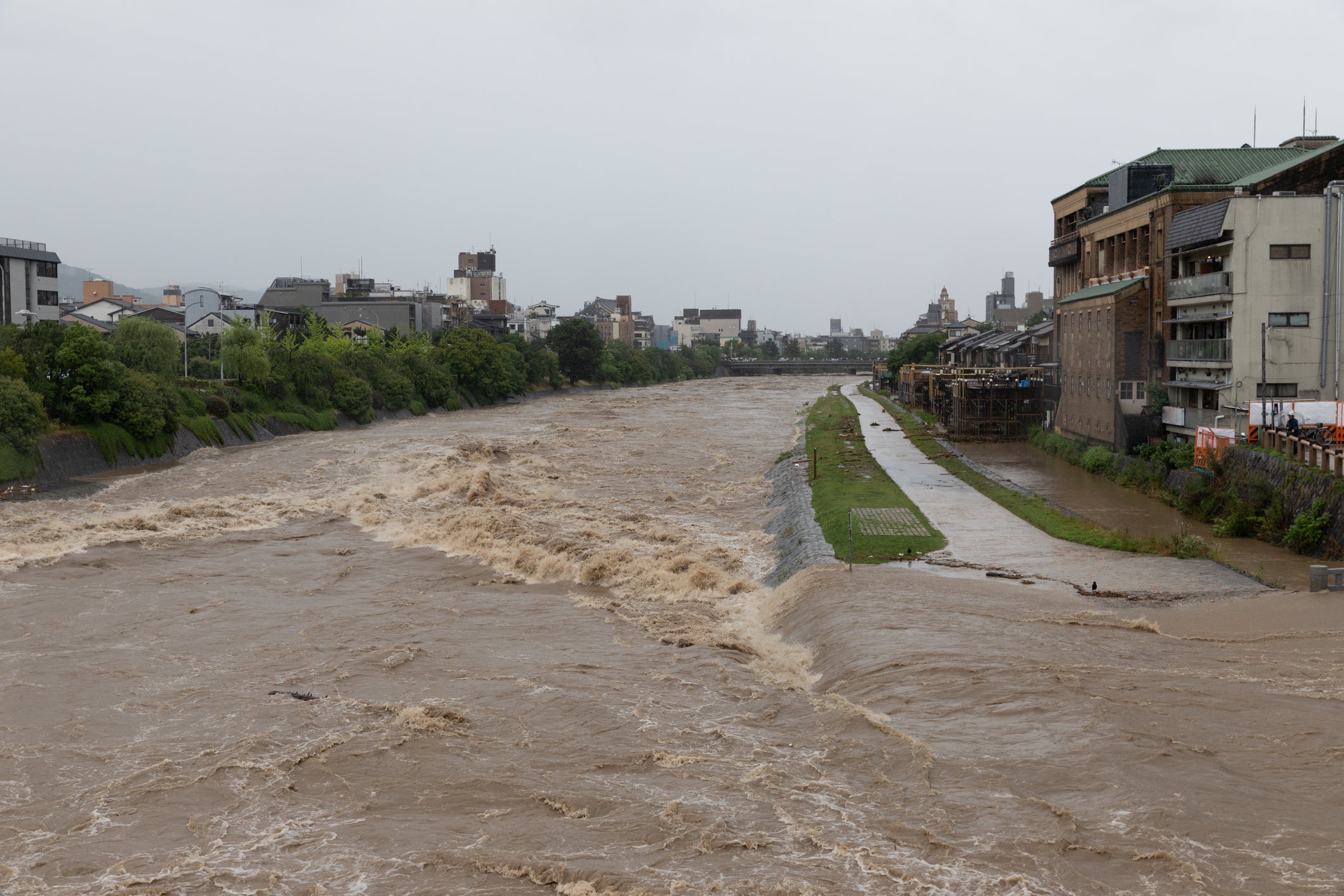Hygiene management and infectious disease prevention measures at evacuation centers
table of contents
Introduction
1. Hygiene management
2. Infectious disease prevention measures
3. Air flow and ventilation
4. Health care and medical assistance
5. Separation and Quarantine
summary
Introduction
In the event of a disaster or emergency, shelters may be set up. Because many people gather in evacuation centers, the risk of spreading infectious diseases increases. This article provides detailed information on hygiene management and infectious disease prevention measures at shelters. By implementing these measures, you can ensure health and safety within the shelter and minimize the risk of infectious diseases.
1. Hygiene management
1-1 Hand washing and hygienic hand care
Install appropriate hand-washing facilities in evacuation centers and encourage evacuees to wash their hands frequently. Keep your hands clean with soap and water or an alcohol-based hand sanitizer.
Educate proper hand washing procedures and encourage evacuees to practice proper hand washing techniques. Wash your hands when it's most important, especially after using the restroom, before eating, and after coughing or sneezing.
1-2 Hygienic toilets and excretion management
We will provide an appropriate number and placement of toilets to encourage proper defecation within the shelter. Toilets should always be kept clean and cleaned and disinfected regularly.
Adequately supply essential hygiene items, such as toilet paper and hand-washing facilities, and encourage evacuees to use disposable hand towels and hand sanitizer.
Dispose of waste in a hygienic and appropriate manner to minimize odor and risk of infection. Install a suitable waste disposal facility near the restroom and clean and dispose of it regularly.
1-3 Appropriate waste management
Waste management in evacuation centers is important. Sort waste properly and follow recycling and waste disposal practices. Properly place trash cans to minimize litter generation and accumulation.
Ensure coordination with waste disposal facilities to regularly collect and process waste within evacuation centers. Especially for special waste, such as medical waste, it is necessary to seek professional guidance.
1-4 Proper cleaning and disinfection
Regularly clean common spaces and facilities within the shelter to maintain hygiene. Cleaning and disinfecting will be especially focused on frequently touched surfaces, common items, restrooms, shower rooms and kitchens.
Use appropriate disinfectants to disinfect areas and items that pose a risk of infection. Follow guidelines for proper disinfection methods and frequency.
1-5 Provision of safe drinking water
Ensure adequate water sources and water purification facilities to supply safe drinking water in evacuation centers. Drinking water is tested regularly to ensure it meets safety standards.
Observe proper drinking water storage and delivery practices and use clean containers and cups. Evacuees are encouraged to drink safe water and instructed to avoid drinking water other than well water or tap water.
1-6 Ensuring air flow and ventilation
Ensuring proper ventilation and air flow is also important. Sufficient windows and ventilation openings will be installed in the shelter, and ventilation will be performed regularly.
Strive to ensure proper ventilation and air circulation, especially in enclosed and shared spaces. Use ancillary equipment such as air filters if necessary.
2. Infectious disease prevention measures
2-1 Thorough cough etiquette and hand washing
When coughing or sneezing, practice good cough etiquette, such as covering your mouth and nose with a tissue or sleeve. Discard used tissues immediately and wash or sanitize hands.
Evacuees should be encouraged to wash their hands frequently, especially at critical times such as after coughing or sneezing, using the toilet, and before eating.
2-2 Ensuring social distancing
Maintain proper social distancing as much as possible within the shelter. Keep a distance of at least 1 meter between evacuees and avoid crowding.
Limit person-to-person contact by setting restrictions on the use of gathering places and shared spaces and limits on the number of people. Appropriate utilization of shelter space is important to reduce population density.
2-3 Wearing a mask
It is recommended that you wear an appropriate mask inside the shelter. Encourage people to wear a mask, especially if they anticipate contact with others or have symptoms of an infectious disease.
Evacuees will be instructed on the correct use of masks and how often to replace them.
2-4 Hygiene management of shared items
Please pay attention to the hygiene of shared items (tables, chairs, utensils, etc.). Regularly clean and disinfect shared items to minimize the risk of contamination.
Where sharing of items can be avoided, encourage individual use. For example, we encourage individual allocation of dishes and towels and the use of personal water bottles.
2-5 Restriction of activities with high risk of infection
Within evacuation centers, it is important to limit activities and events that pose a high risk of infection. Cancel or limit close gatherings and large events.
Efforts will be made to reduce the risk of infection by moving indoor activities outdoors and setting limits on the number of people.
2-6 Health monitoring
Monitor the health status of evacuees in evacuation centers. We will aim for early detection and prompt response, such as by taking body temperature, conducting health checks, and setting up a contact point for reporting symptoms.
Evacuees who report symptoms of infectious diseases or abnormal health conditions will be transferred to appropriate medical facilities or assisted by specialists.
3. Air flow and ventilation
3-1 Importance of ventilation
Ventilation is the process of replacing indoor air with fresh outside air and expelling moisture and harmful substances. Good ventilation is important to keep viral and bacterial concentrations low and prevent the spread of infectious diseases.
Proper ventilation reduces the risk of infection by diluting airborne viruses and microbes and improving air cleanliness.
3-2 Natural ventilation
Natural ventilation is a method of replacing the air in a room using natural wind or air currents. Open windows and doors to let in fresh air.
It is important to consider well-ventilated areas and the location of windows when designing and locating shelters. The windows are opened and closed according to wind direction and weather conditions to promote proper air flow.
3-3 Artificial ventilation
Artificial ventilation is a method of changing the air in a room using a mechanical system. The main artificial ventilation methods include air conditioners, ventilation fans, and air purifiers.
It is important to introduce an effective artificial ventilation system in the shelter. Properly install ventilation fans and air conditioning systems and perform regular maintenance.
3-4 Regular ventilation
It is important to implement regular ventilation inside the shelter. Regular ventilation, especially in shared spaces and congested areas, keeps the concentration of viruses and bacteria in the air low.
Ventilation frequency and duration should be determined according to shelter size, population density, and intended use. In general, ventilation every few hours is recommended.
3-5 Use of supplemental ventilation
Consider using supplemental ventilation if necessary. By introducing devices such as air filters, it is possible to remove fine particles and harmful substances in the air.
However, the use of ventilation equipment requires proper maintenance and cleaning. Regularly replace and clean the filters to maintain the effectiveness of the equipment.
4. Health care and medical assistance
4-1 Importance of health management
In shelters, it is important to continuously monitor the health of evacuees. The purpose of health management is to detect symptoms of infectious diseases and abnormal health conditions at an early stage and take appropriate measures.
Health management includes temperature checks, wellness checks, setting up symptom reporting windows, and monitoring of medical staff and volunteers.
4-2 Health check and triage
At evacuation centers, evacuees are regularly checked for their health. This includes taking your temperature, checking your health status, and reporting symptoms.
Teams and medical staff triage and set priorities for providing appropriate medical assistance based on the severity and urgency of symptoms.
4-3 Allocation of medical staff and specialists
The placement of medical staff and specialists is important in evacuation centers. Necessary specialists such as doctors, nurses, pharmacists, and psychological counselors will be stationed in evacuation centers to provide health care and medical support for evacuees.
Medical staff monitor the health of evacuees, provide medical consultations and provide emergency medical treatment. If necessary, we will also arrange transportation to appropriate medical facilities and professional treatment.
4-4 Cooperation with medical facilities
At evacuation centers, cooperation with local medical facilities is important. Work with local health authorities and medical providers to provide the medical assistance and expertise you need.
Coordination with medical facilities includes transportation of evacuees, provision of medical resources, and advice on infectious disease control. Also, emergency contact methods and protocols should be established.
5. Separation and Quarantine
5-1 Separation
Isolation is isolating an infected person from other healthy people. Prevent the spread of infection by placing infected people in specific areas and limiting their contact with other people.
Isolation is based on the patient's medical condition, infectivity, and pathogen characteristics. Infected people should be hospitalized in separate rooms, single rooms, or dedicated medical facilities to minimize contact with other people.
5-2 Quarantine
Quarantine is the separation of a suspected or at-risk person from others for a period of observation. It is done to see if symptoms appear during the incubation period of the infection.
During the isolation period, they will be monitored regularly for symptoms of infection. Those in quarantine should stay at home or in designated facilities and limit contact with the outside world.
5-3 Purpose of Separation and Quarantine
The main purpose of isolation and isolation is to prevent the spread of infectious diseases and minimize the risk of infecting others. Isolating or isolating infected or suspected individuals controls the spread of infection and protects the health of society as a whole.
5-4 Implementation of separation and isolation
Isolation or isolation will be carried out according to infection control guidelines and local health authority directives. In medical facilities and shelters, infectious disease specialists and medical staff will develop separation and isolation plans and provide appropriate locations and facilities.
Isolation or isolation requires having adequate facilities, implementing infection control measures, providing appropriate supplies and equipment, and adequately training medical staff.
summary
Isolation and isolation measures are also important, in addition to hygiene and infectious disease prevention measures at evacuation centers. Evacuation center operators and related parties must thoroughly implement these measures and make continuous efforts to protect the safety and health of evacuees. It is also important to strengthen links with health authorities and experts to receive appropriate guidance and support.








